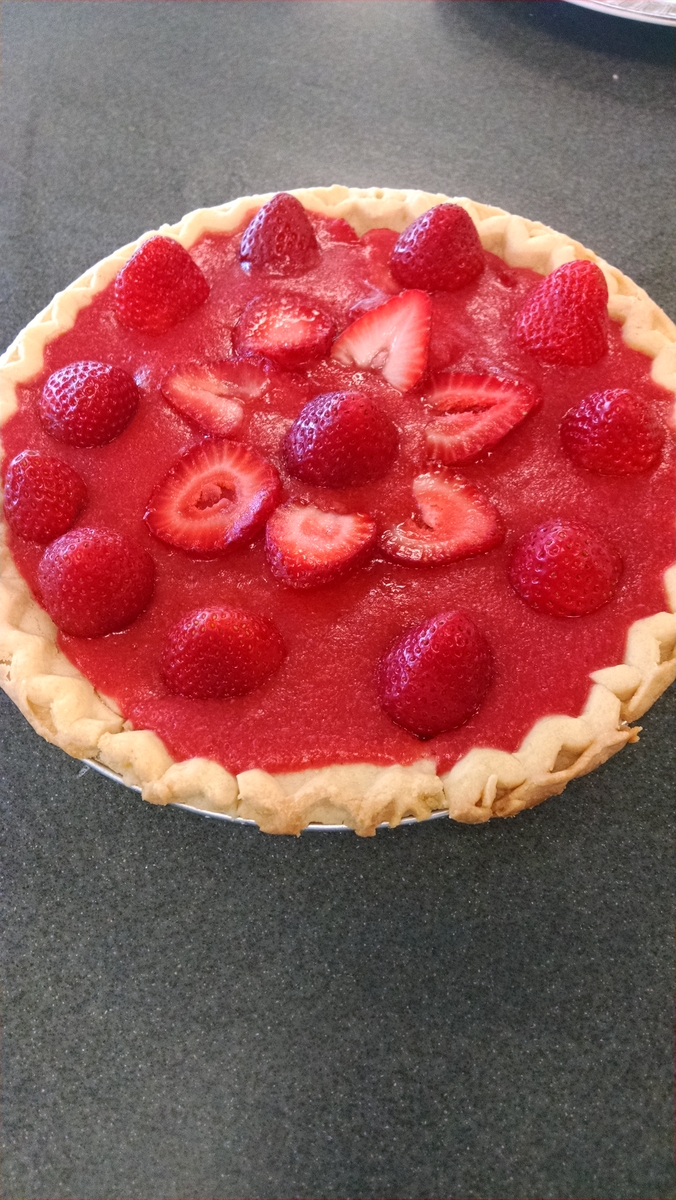 This is a delightfully light celebration of late spring.
This is a delightfully light celebration of late spring.
It's easy, and it's a good choice when strawberries go on sale at the supermarket because you have to use them fast before they spoil.
This one was made by my friends Debbie and Sonali at work. We used a frozen pie crust because rolling out a homemade pie crust is not very difficult, but it is a good way to get your work clothes dusted with flour!




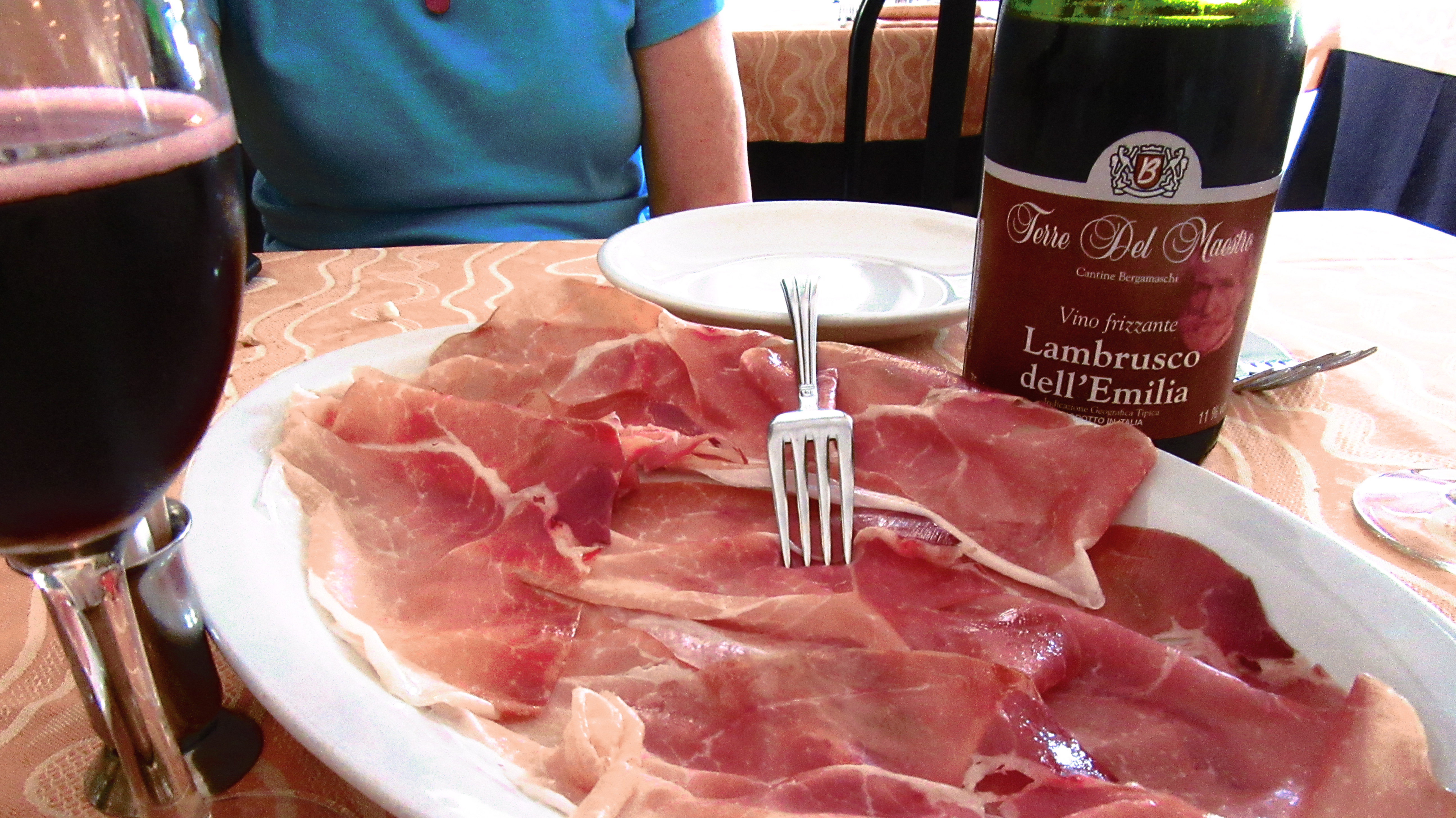
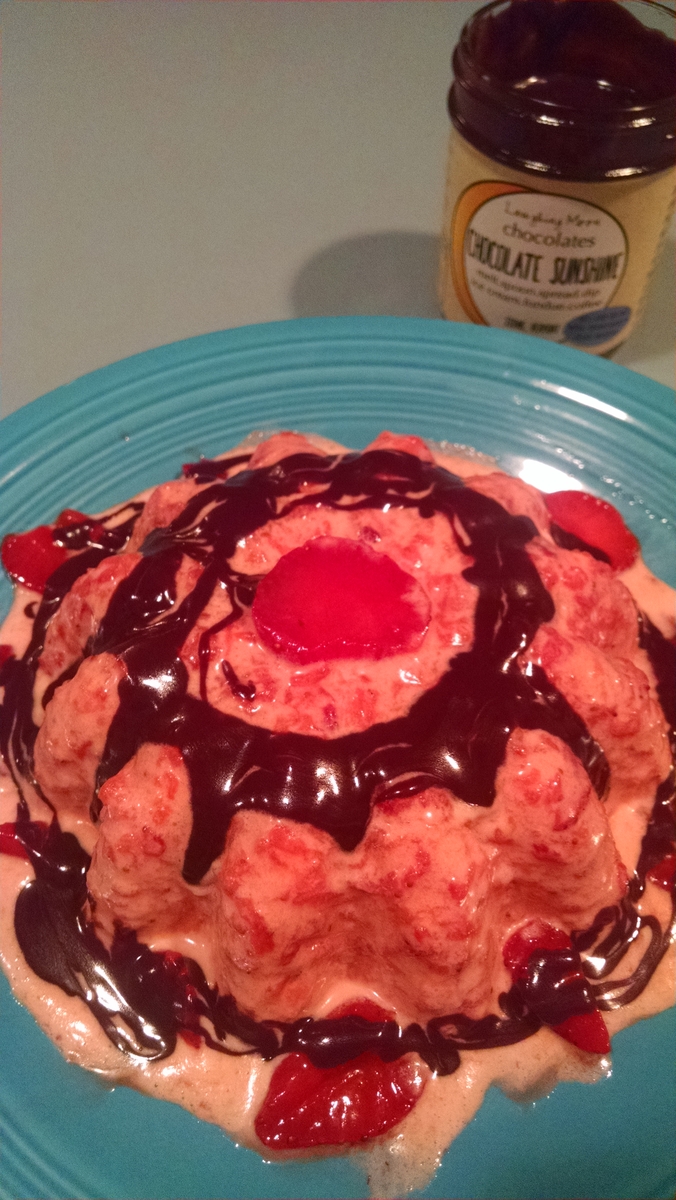 What a treat! This early summer dessert is easy to make and it looks and tastes like something special.
What a treat! This early summer dessert is easy to make and it looks and tastes like something special. 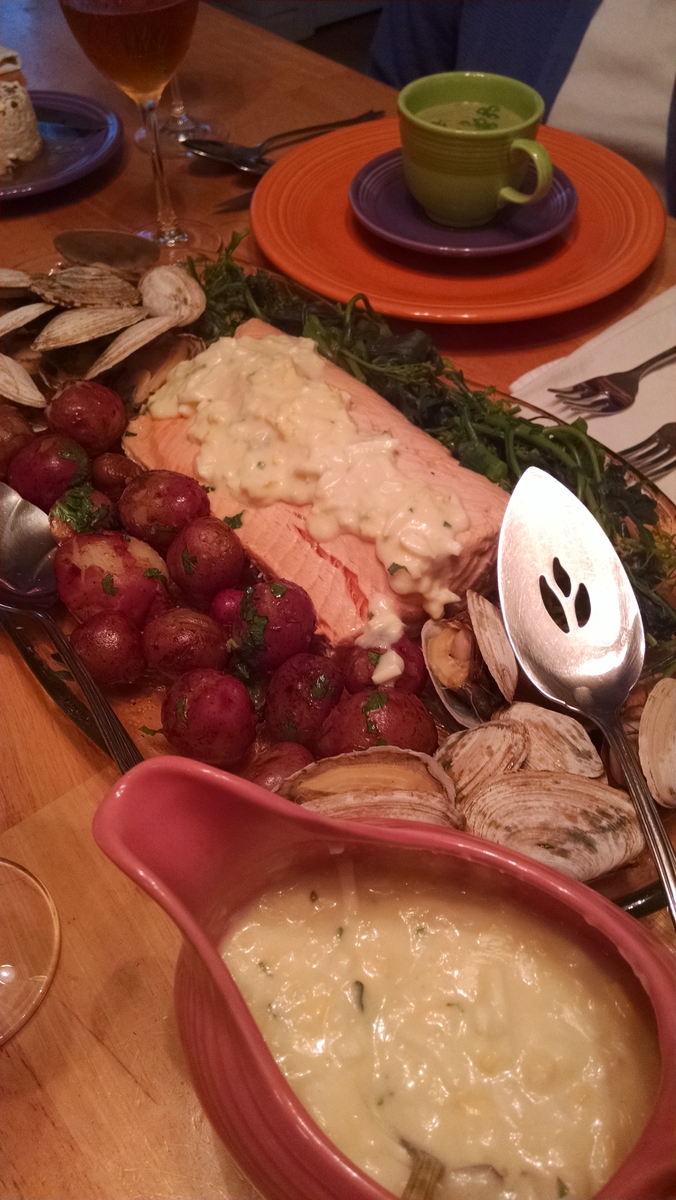 It was a June Sunday and I had some nice produce from farmstands in Maine, so I made this nice old-fashioned Sunday dinner with all local and seasonal ingredients.
It was a June Sunday and I had some nice produce from farmstands in Maine, so I made this nice old-fashioned Sunday dinner with all local and seasonal ingredients.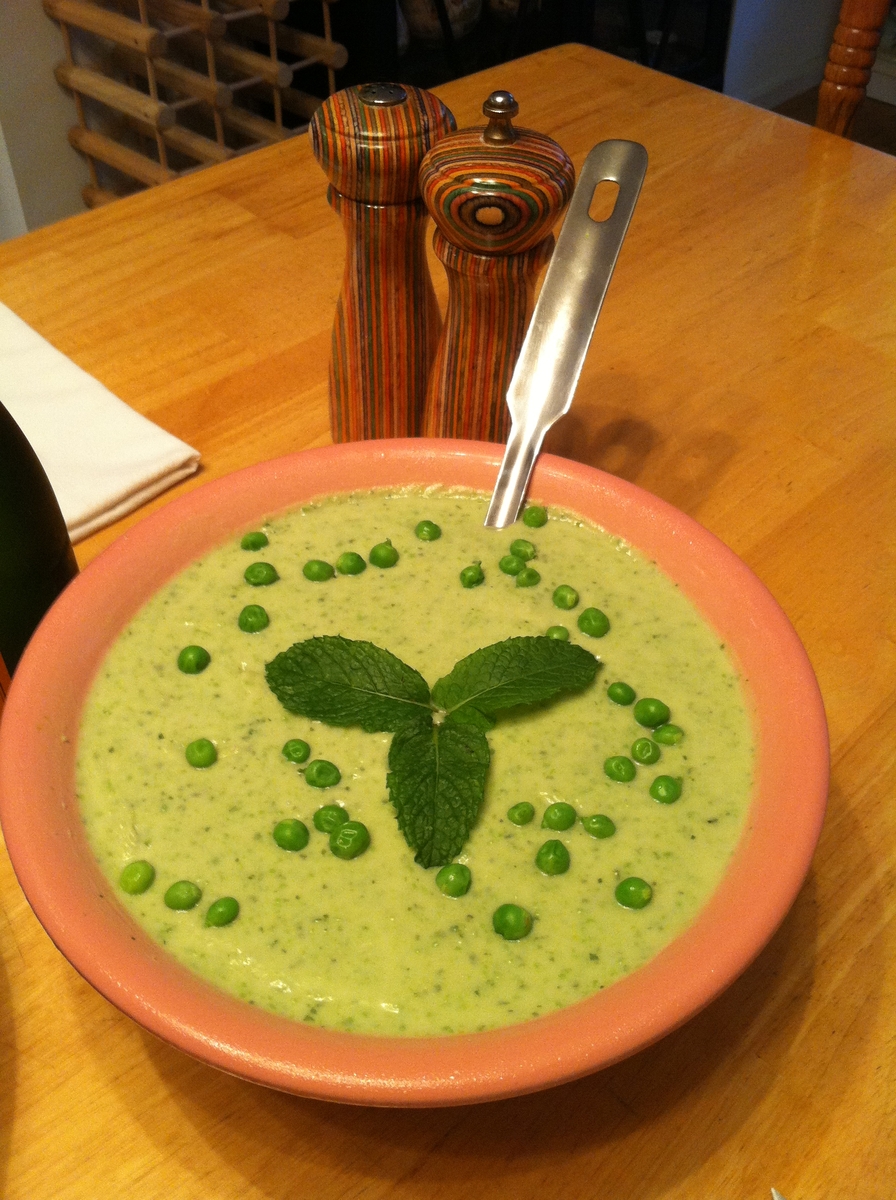 Here's another gem from
Here's another gem from 
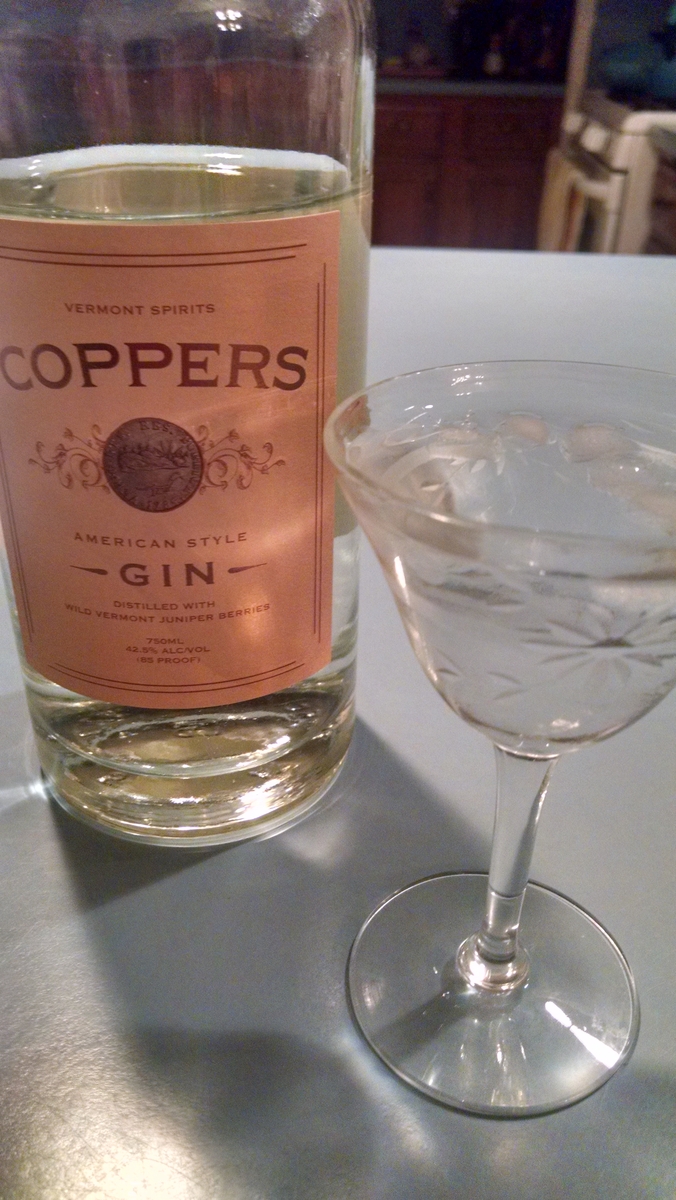
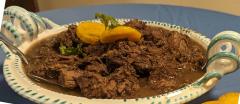 This is really a class of braised beef, examples of which can be found in almost every non-vegetarian cuisine of the world.
This is really a class of braised beef, examples of which can be found in almost every non-vegetarian cuisine of the world.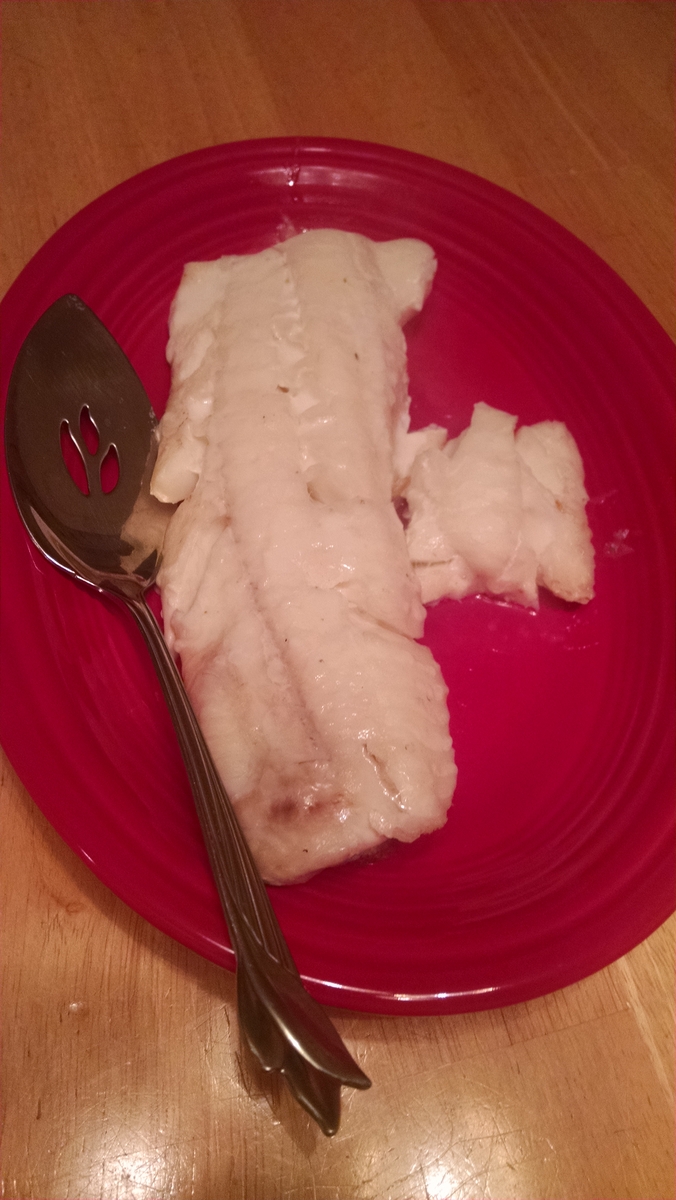 We love fresh haddock, simply baked with no crumbs or other distractions from its own exquisite flavor. Very fresh haddock is obviously essential to this dish!
We love fresh haddock, simply baked with no crumbs or other distractions from its own exquisite flavor. Very fresh haddock is obviously essential to this dish!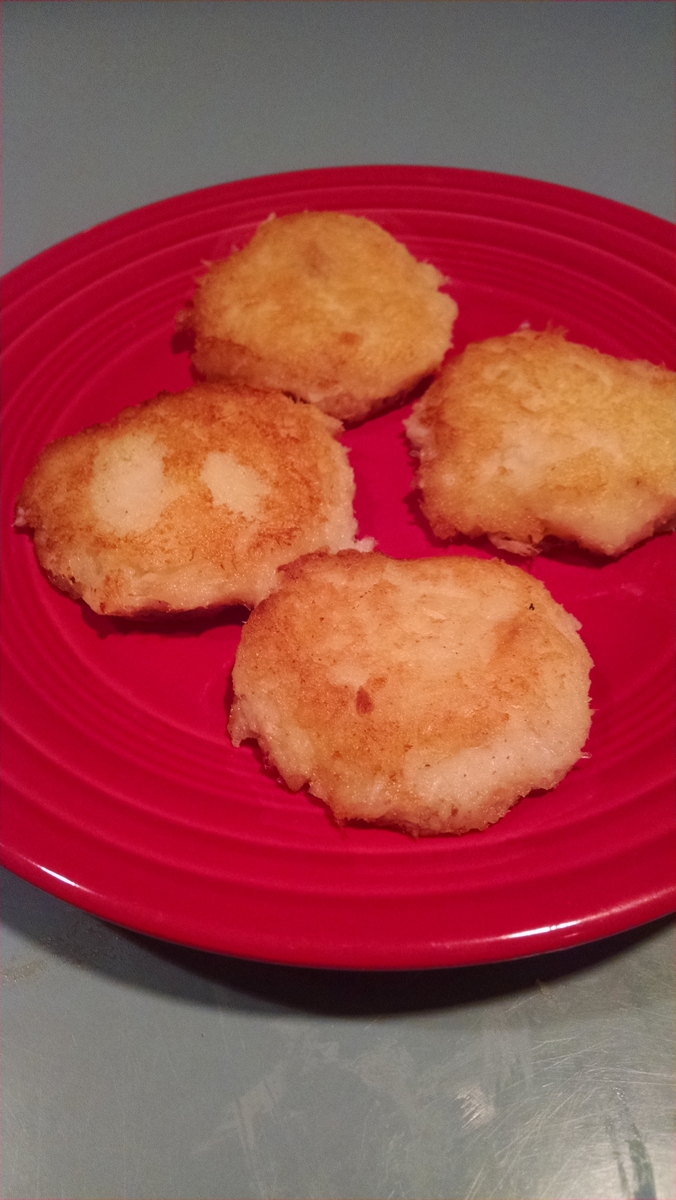

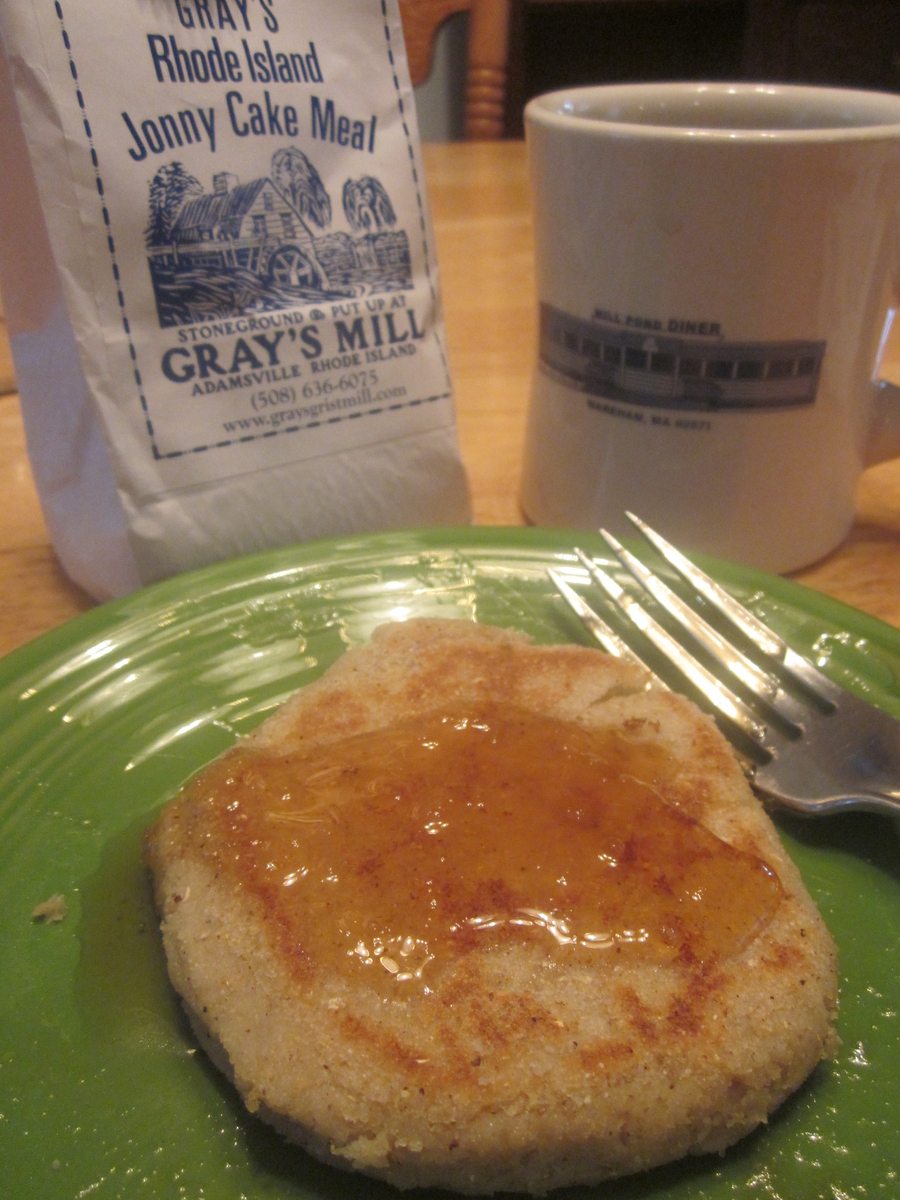
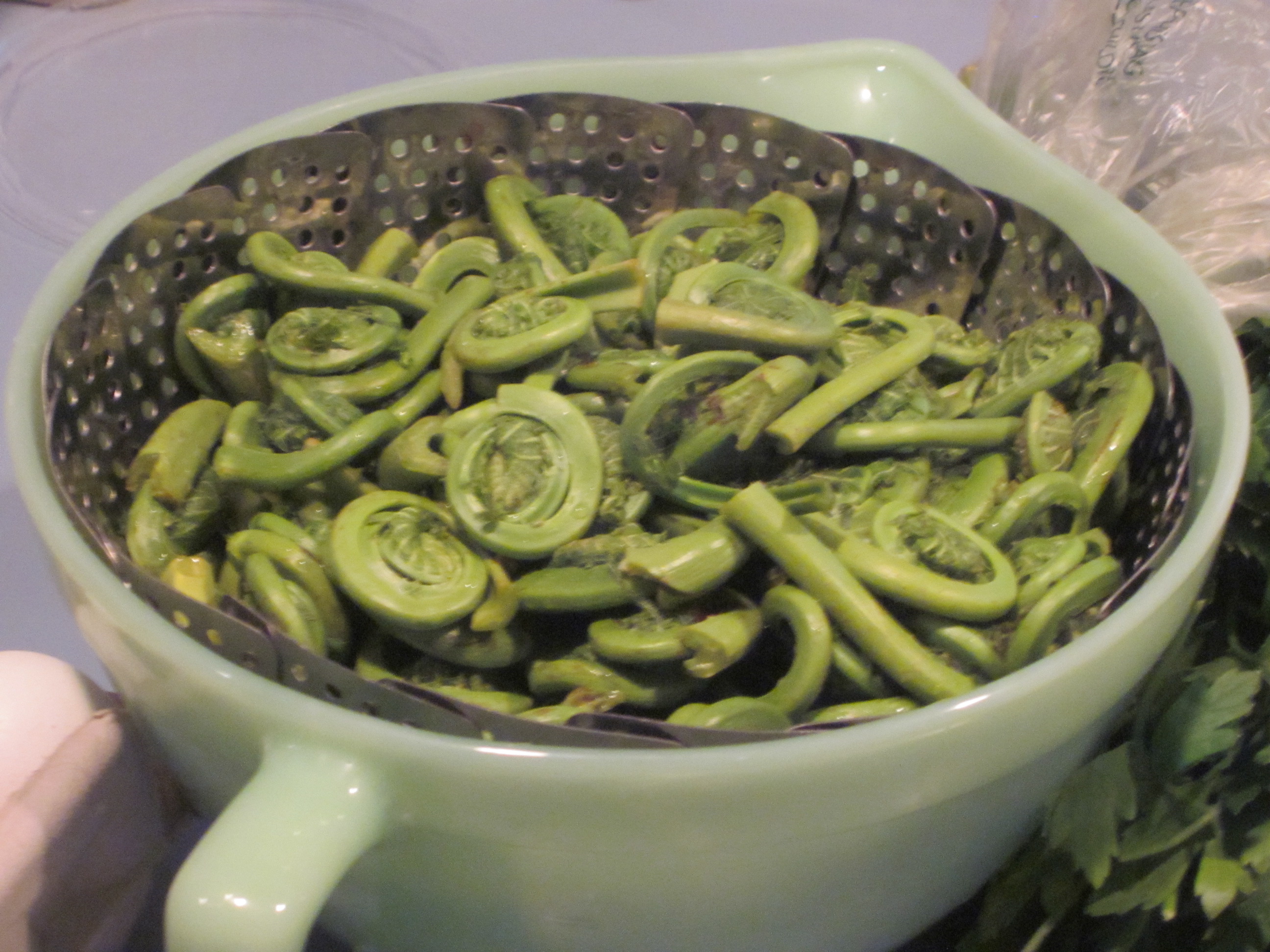 Fiddleheads are the still-curled young shoots of certain ferns. They are harvested for a brief time in early spring, so, like
Fiddleheads are the still-curled young shoots of certain ferns. They are harvested for a brief time in early spring, so, like 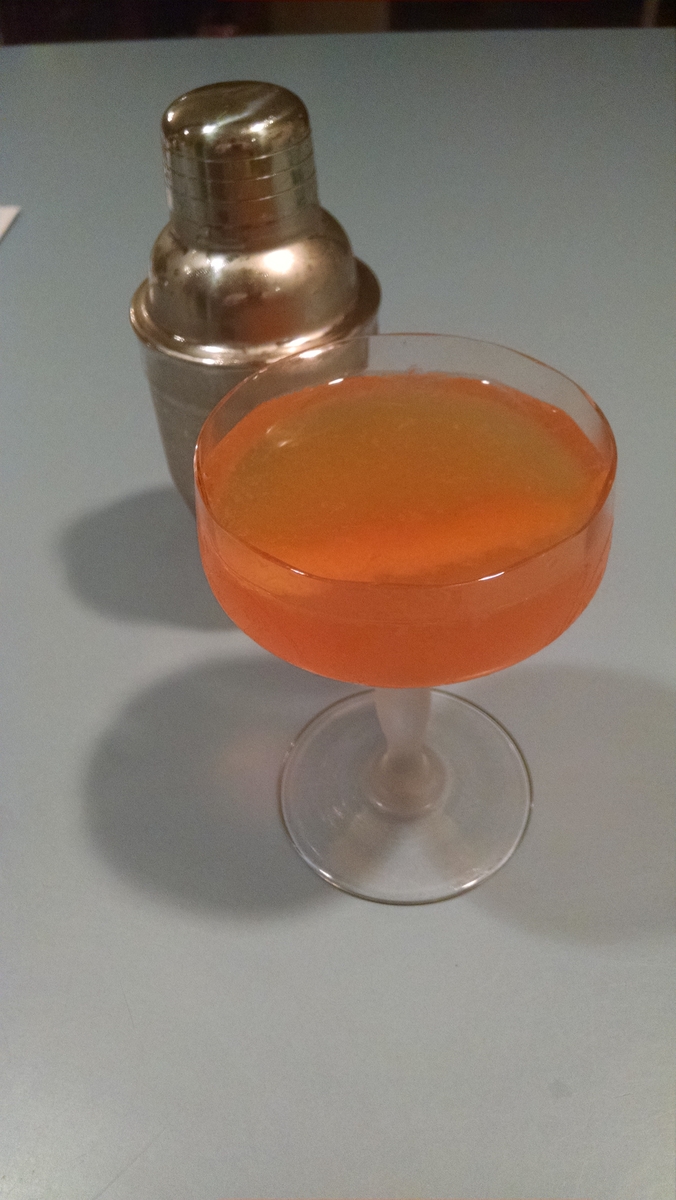 I was reading an old occult-action thriller of the Weird Tales variety, The Brood of the Witch-Queen (1918) by Sax Rohmer. During a scene at a masked ball in Cairo, our protagonist says to his ailing companion:
I was reading an old occult-action thriller of the Weird Tales variety, The Brood of the Witch-Queen (1918) by Sax Rohmer. During a scene at a masked ball in Cairo, our protagonist says to his ailing companion: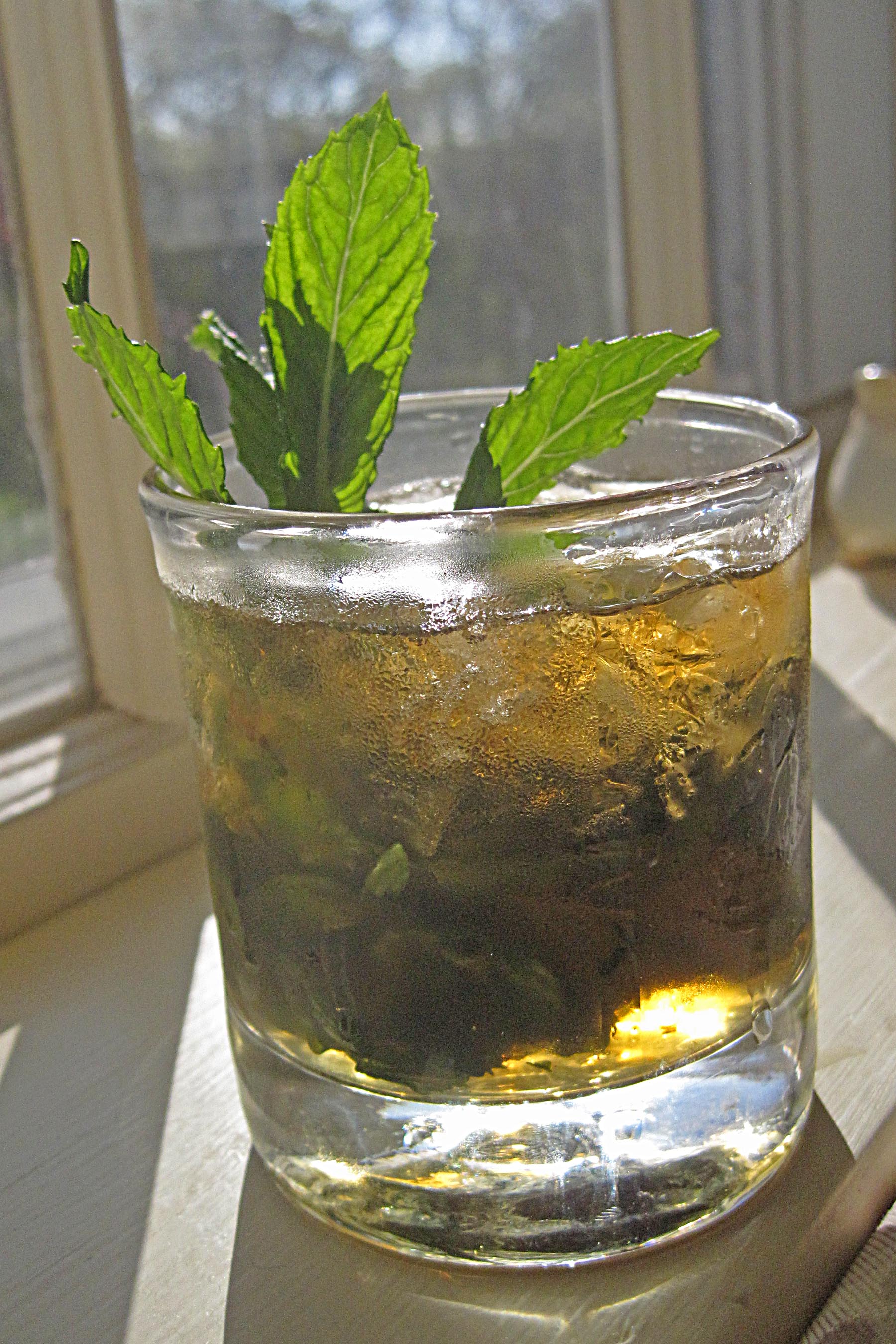 The
The